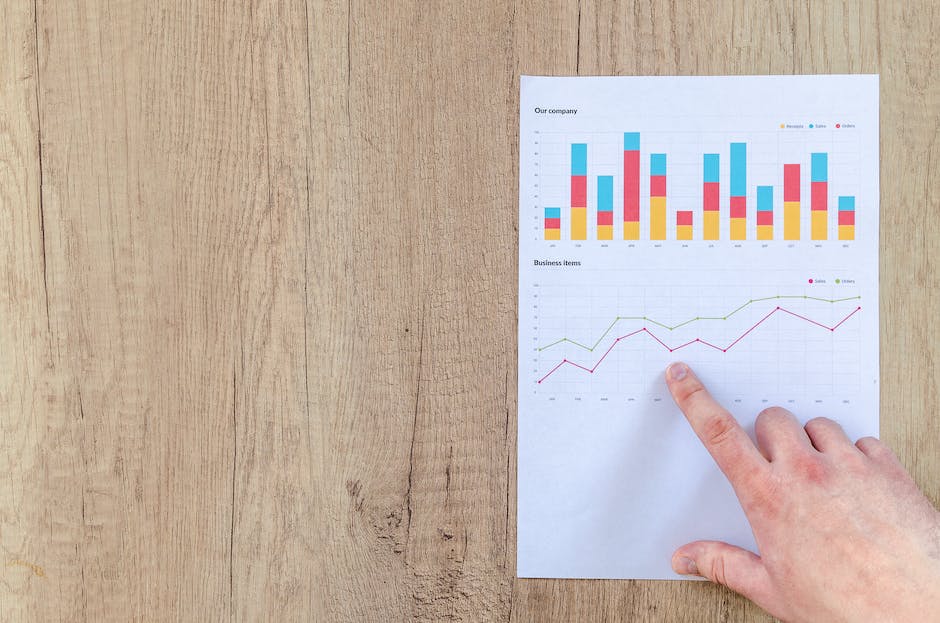In this article, we will be talking about predictive analytics in SAP. More specifically, we will be diving into how to use advanced statistical models such as logistic regression or random forest algorithms within the Business Object (BO) Cloud of Sap.
If you work with SAP, then you know that predictive analytics can be a powerful tool. But what exactly is predictive analytics, and how can you use it in SAP?
Predictive analytics is all about using data to make predictions about future events. This can be things like future customer behavior, future sales, or even future risks. By using predictive analytics, you can make better decisions about where to allocate resources and how to avoid potential problems.
There are a few different ways to use predictive analytics in SAP. One way is to use it for forecasting. For example, you can use predictive analytics to forecast future demand for a product. This can help you plan production and inventory levels.
Another way to use predictive analytics in SAP is to use it for early warning. This means using predictive analytics to identify potential problems before they happen. For example, you might use predictive analytics to identify customers who are at risk of churning.
Predictive Analytics In SAP
Predictive analytics is the science of predicting future events by gathering past data. An example of this would be if you wanted to know whether someone is going to buy something, so you could then advertise that item to them. Or whether an organization will have success in its mission, so you can make changes to improve efficiency!
Business units and departments across an enterprise company are constantly producing large amounts of data. This data can range from internal emails and documents to external sources like social media sites. Finding patterns in all these pieces of information is important for making informed business decisions.
By applying analytical techniques to this data, it can help predict future outcomes. For instance, through analysis of past behavior, we may be able to determine which products people are buying, and why they bought them. We can also look at what types of messages people view and interact with to get insights into how marketing strategies are working.
In this article, we will begin looking at one type of predictive analytics: modeling using supervised learning. By introducing the concept of binary classes and accuracy measures, we will learn how to perform classification with sap.
Why is predictive analytics important?

A growing number of organizations are relying on predictive analysis to make business decisions. This is due to two reasons. First, predictive analytics can be very useful in identifying potential problems before they occur. For example, if you know that your organization’s average customer service score falls below 70% most days, then you could take action to prevent poor quality from occurring by putting in place more protocols and procedures.
Second, predictive analytics can help identify effective strategies and tactics for improving performance. By looking at past data, we are able to determine what has worked in similar situations and thus learn how to apply this knowledge to our own situation.
For example, if you find that customers who returned last time were reimbursed within one week, then perhaps offering less compensation during return shipments would be better than offering full reimbursement.
Identifying your audience

As mentioned earlier, there are two main components of predictive analytics in business applications-prediction models and actions to take based on predictions. The first step towards using predictive analytics is defining what you want to predict and who you want to do something about it.
In this article we will look at how to use advanced segmentation techniques with SAP BusinessObjects Solutions (formerly known as Success Factors). Advanced segmentation allows you to identify different groups of people or users within your organization, and then perform an action based on their profile. For example, if someone outside of your company has access to very important information, then it is probably time to reevaluate whether they have adequate permissions. If that person was determined to be low risk for fraud, you could change their job role or give them more responsibility with precautions.
If you’d like to learn more about advanced segmentations, check out our article here! Also, don’t forget to read our tips for doing predictive analytics effectively.
Determining your target market
When performing predictive analytics, one of the most important steps is determining your target audience or market. This is typically determined by two main factors– geography and product type.
Geography determines where your targeted audience resides (country, state, city). Product types are differentiating features of the service/product you offer to your potential customers. For example, if your business offers phone services, then what kind of phone do they use is a feature of your product.
By identifying which phones their current customers have, you can determine if that customer would be interested in buying yours. By looking at similar products, you can also get an idea of how much this product is priced relative to others like it. All of these pieces combine to give you a good picture of whether or not people in area X want company Y’s Z.
Another way to identify your target market is through surveys. Ask questions about demographics, past purchases, etc., and compare the answers with those from other sources.
Designing your launch

A growing number of companies use predictive analytics to help shape their business strategies and plans. This is typically referred to as smart analytics or advanced analytics. With smart analytics, you perform statistical analysis on past data to determine how likely it will be that events (like buying a product or completing an action) will occur in the future.
Based on what we know about this person and/or these circumstances, we can make predictions about whether they’ll purchase next month’s budget. Based on those predictions, we can then revamp our marketing campaigns to focus more on products or messages that are predicted to resonate with them.
It sounds pretty fancy and complicated, but really, it’s just math! And when it comes down to it, there are only two things that matter here – accuracy and precision. You want accurate numbers, so that you don’t include people in your campaign who won’t buy, or exclude people who probably would have bought. But you also need precise ones, because you don’t want to spend money on ads or promotions for items that people already have.
With big corporations using smart analytics every day, why not get some too? It benefits everyone: yourself, the company, and the customers. So if you’re thinking about launching a new line or doing something promotional, try out some predictive analytics before investing lots of resources into it.
Creating your launch plan

A predictive analytics tool that is growing in popularity is SAP BusinessObjects Statistical Modeling (SOM) Productive Power™, or PMP for short. With SOM you can perform statistical modeling using either pre-built models or you can create your own!
With SOM, you begin by defining your goal. This could be to predict potential new business, determine which products are underperforming, find out why some departments are taking longer than others to process expenses, or identify possible risk factors of employee misconduct.
Once you have defined your goal, you pick your data source. You could use transactional databases, survey responses, internal documents, external sources like social media, and more. Then, you choose whether to do regression, classification, clustering, or factor analysis depending on what questions you want answered.
Next comes model building. For each predictor variable, there is an effect size determined through literature or empirical testing. The effect size determines how much influence each individual piece of information will have on answering your question.
After all of this, you train and validate your model. Once it has been validated, you generate predictions or insights into what things may happen next. By doing this over time, you get even stronger predictions.
This article will go deeper into detail about predictive analytics with SOM and how to use it to achieve your goals.
Testing your launch

The next step is to test your predictive analytics model! This means using your data set to determine if your model predicted outcomes correctly for past cases. If it does, then you have validated that your model works!
Now that you have tested your model on some instances of data, it is time to make the model accessible to others. You can do this by publishing it as an interactive tool or app.
There are many ways to achieve this, so choose one that is appropriate for your audience and organization. Tools such as Google Forms or Zapier can be used to create an easy way to send out the questionnaire or survey.
Once your tool is live and accepted by people, you will need to collect enough responses to ensure you get accurate results. It is advised to start with at least 20 answers per question to obtain reliable numbers.
Using predictive analytics in SAP for the future

A growing field within business is called predictive analytics. This is the application of statistical models to determine how likely it is that an event will occur, and what effect the event will have if it does happen.